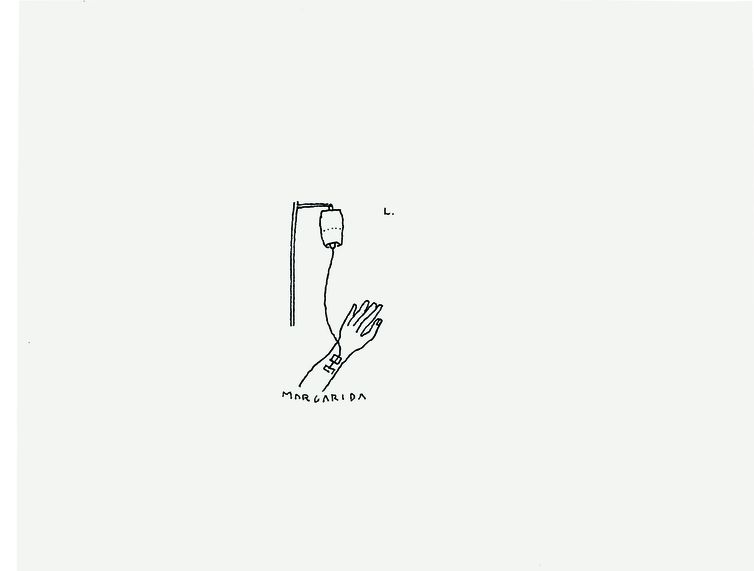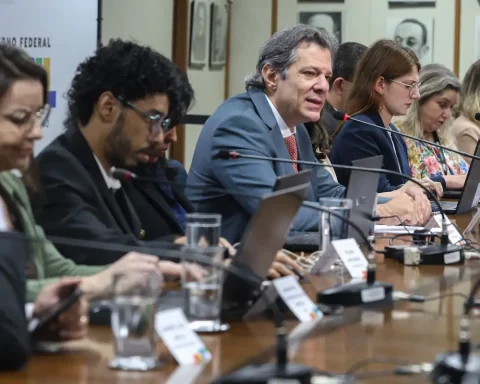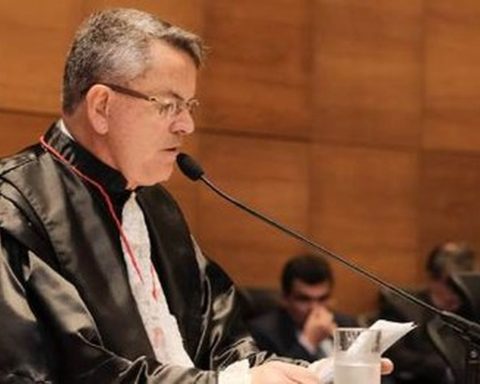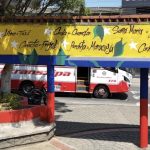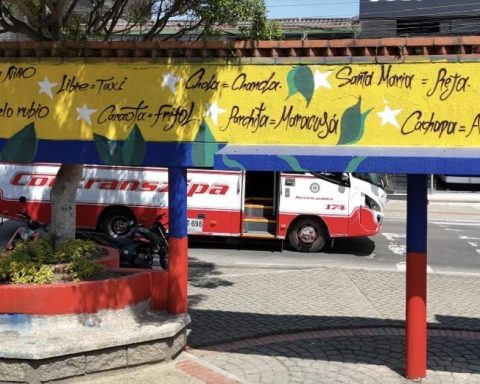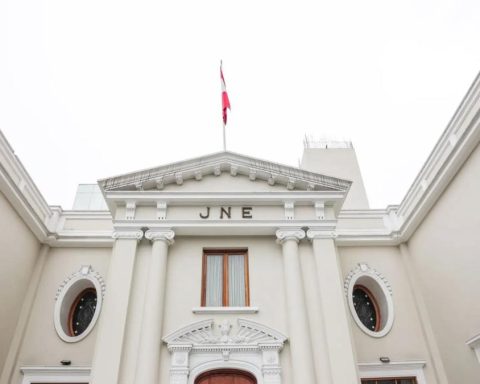The works produced in the last five years of Leonilson’s life (1957–1993) – a period in which he became known as Leonilson Tardio and which presents the artist’s richest and most complex moment – will be presented, starting this Friday (23), in the new exhibition on display at the São Paulo Museum of Art (Masp).
The exhibition presents more than 300 paintings, drawings, embroidery, installations and documents by Leonilson, which reflect his political, public and intimate perspectives. The exhibition is curated by Adriano Pedrosa, with curatorial assistance from Teo Teotonio.
“Leonilson is a fundamental artist in the history of contemporary Brazilian art, an unavoidable figure from the late 1980s and early 1990s and among artists who work with queer themes in their works on the international scene,” said Adriano Pedrosa, in an interview with Brazil Agency. “His work has an extremely particular, diaristic character, reflecting on the themes of his daily life, whether more personal, more political, in a queer dimension, although always full of poetry, lyricism and beauty. The last years of his production, especially from 1989 onwards, are when the artist produces the most extraordinary works”.
These works produced in his final years (1989-1993) will be presented chronologically in five rooms on the first floor of the museum, each dedicated to one of these years. “The year 1989 was a turning point in the artist’s career, and the last five years of his production, from 1989 to 1993, were the most mature, rich and complex period, when he produced truly extraordinary works – both in drawing, painting and, above all, embroidery, culminating in his last work, the monumental Installation on Two Figures (1993), presented at the Capela do Morumbi, in São Paulo, a few weeks before his death, and which we will recreate in the exhibition”, said the curator.
In the last five years of his life, Leonilson developed a more poetic work, with economy of colors and lines, working mainly with drawings, objects and embroidery. It was as a kind of diary that he began to portray themes such as love, lovers, sexuality, minorities and AIDS. “In 1991, he discovered he was a carrier of the AIDS virus, dying a little less than two years later, in May 1993. Although Leonilson was successful and recognized during his lifetime in Brazil, it was only after his death that his work began to gain more significant international recognition”, explained Pedrosa.
The artist himself spoke about his work produced during this period in an interview with Pedrosa in 1991. “For some time now, my work has become more mature, at the same time that I think more about my sexuality, the way I relate to people, the way I see the world, the way I live my day-to-day life. I think that the work is still personal, it is still a diary, even these works by the minority. I realize the segregation that exists. And I, obviously, am part of one of these minorities.”
In addition to the first floor, the first basement of the museum will feature her illustrations made for the behavior column Talk of the town – the ti-ti-ti of the city, by Barbara Gancia in the newspaper Folha de S.Paulo, in addition to documentary videos. With the whole ocean to swim in (1997), directed by Karen Harley, and JL’s passion (2014), directed by Carlos Nader.
The exhibition Leonilson: agora e as oportunidades is part of Masp’s annual program dedicated to stories of LGBTQIA+ diversity and will be on display until November 17. “Leonilson is an unavoidable figure in the international artistic scene, working with queer themes in the 1990s and, in fact, a pioneer in the Brazilian scene. Today we see many artists working openly with these issues, but he was the first to address themes, narratives and figures related to homosexuality, sexuality, and AIDS itself.”
Kang Seung Lee
In addition to the exhibition featuring works by Leonilson, Masp will open this Friday an exhibition dedicated to the work of South Korean artist Kang Seung Lee. The exhibition is curated by Amanda Carneiro.
“He has worked with a number of artists who died because of the AIDS epidemic, especially in the 1990s. He was born in South Korea and currently lives in Los Angeles, in the United States, which is a city that suffered greatly from the impact of the AIDS epidemic,” said the curator.
Kang Seung Lee’s work will be presented in the video room, with the film Lazaruswhich pays tribute to lives and memories lost during the HIV/AIDS epidemic. This film will be presented simultaneously at the Venice Biennale.
In the film, Kang Seung Lee reinterprets Leonilson’s work Lásaro, an installation made with two shirts sewn together, considered the Brazilian artist’s last work and which will be on display at the exhibition. Lee also draws inspiration from the original ballet. Unknown Territoryby Singaporean choreographer Goh Choo San (1948-1987).
“The video is based on one of Leonilson’s works that will be on display,” said the curator. “He takes this work, Lázaro [de Leonilson]to use as a motif for a film, which is in turn inspired by a pioneering choreographer named Goh Choo San. This choreographer is from Singapore and also died of AIDS. He was able to blend classical ballet with contemporary movements with an introspective quality – and introspection is also a theme in Leonilson’s work”, explained the curator.
The film features a duo of minimal, intentional movements. Replicating Leonilson’s work in Sambe, a hemp fabric traditionally used in Korea for burial shrouds, the dancers interact in a choreographed tribute to the lives and memories lost during the HIV/AIDS epidemic, including those of both artists he drew inspiration from who died from illnesses caused by the virus.
“The film also has other elements that announce relationships of meaning. For example, in the film you see American Sign Language, which is a provocation that places the observer in the relationship of translation, with the idea of perception and understanding, because we don’t know how to read this language. Even in the United States, most people don’t know this language, so it communicates with a very specific audience. And this is an interesting provocation. It adds a new layer of meaning,” he highlighted.
The Video Room: Kang Seung Lee is on display until October 24th.
More information about the two new Masp exhibitions can be found at website from the museum. Masp has free entry on Tuesdays and also on the first Thursday of the month.



